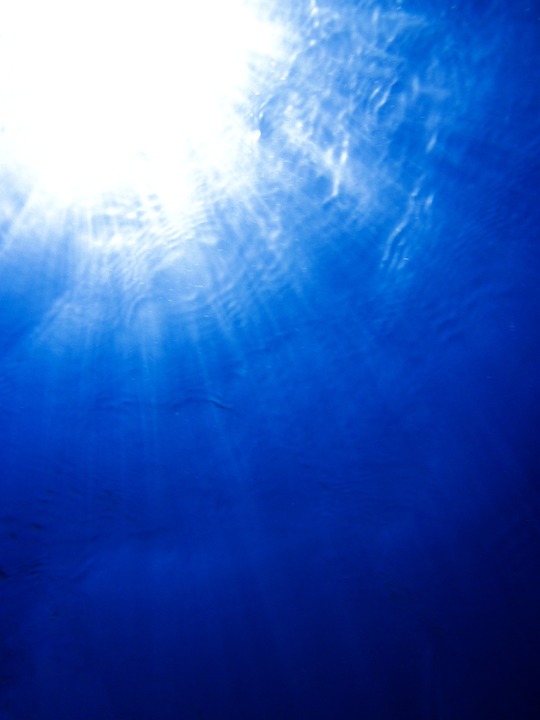Table of Contents
Introduction
Scuba diving is an exhilarating activity that allows individuals to explore the underwater world and witness its breathtaking beauty.
From vibrant coral reefs teeming with marine life to fascinating shipwrecks hidden beneath the surface, there are countless dive sites around the world that offer unforgettable experiences.
In this article, we will explore some of the top dive sites that every scuba diver should visit.
1. The Great Barrier Reef, Australia
The Great Barrier Reef is the largest coral reef system in the world and a UNESCO World Heritage site.
Located off the coast of Queensland, Australia, this incredible dive site spans over 2,300 kilometers and is home to an astonishing variety of marine species.
Divers can explore the vibrant coral gardens, encounter majestic sea turtles, and even swim with friendly reef sharks.
2. SS Thistlegorm, Egypt
The SS Thistlegorm is a famous shipwreck located in the Red Sea near the coast of Egypt.
Sunk during World War II, this British merchant navy ship now serves as an underwater museum for divers.
Exploring the wreckage provides a glimpse into the past, with the cargo holds still filled with motorcycles, trucks, and other war supplies.
It’s a truly unique diving experience and a must-visit for history enthusiasts.
3. Palau’s Blue Corner, Micronesia
Palau’s Blue Corner is a legendary dive site known for its strong currents and abundance of marine life.
Located in Micronesia, this site offers encounters with schools of colorful fish, sharks, and even manta rays.
Divers can drift along the reef wall while enjoying the breathtaking underwater scenery and capturing incredible photographs of the underwater world.
4. Cenotes, Mexico
The cenotes of Mexico are natural sinkholes filled with crystal clear freshwater.
These unique geological formations offer a truly surreal diving experience.
Divers can explore the intricate underwater cave systems, swim through submerged stalactites, and encounter blind cave fish.
The cenotes are not only visually stunning but also hold cultural significance for the Mayan civilization.
5. SS Yongala, Australia
The SS Yongala is another remarkable shipwreck dive site located off the coast of Queensland, Australia.
This historic vessel sank during a cyclone in 1911 and now serves as an artificial reef that attracts a wide range of marine life.
Divers visiting the SS Yongala may spot giant groupers, sea snakes, turtles, and an abundance of colorful corals.
It’s an underwater playground full of surprises.
6. Silfra, Iceland
Silfra is a unique dive site located in Thingvellir National Park, Iceland.
What makes it special is that it is the only place in the world where you can dive between two tectonic plates.
Divers can explore the clear glacial waters and witness the fascinating geological formations created by the shifting Earth.
The visibility here is exceptional, offering an unbelievable sense of purity and tranquility.
7. Sipadan Island, Malaysia
Situated in the Celebes Sea, Sipadan Island is renowned for its extraordinary biodiversity and stunning underwater landscapes.
This protected marine park offers divers the chance to encounter large schools of barracudas, turtles, and numerous species of sharks, including the mysterious hammerheads.
The vibrant coral reefs and sheer drop-offs make Sipadan an unforgettable destination for scuba diving.
FAQs Section
1. Are these dive sites suitable for beginners?
While some of these dive sites may be more suitable for experienced divers due to strong currents or advanced diving conditions, there are often options for beginners to enjoy these locations.
It’s crucial to research and consult with a dive center or instructor before planning a trip to these sites.
2. Do I need special certification to dive these sites?
Most dive sites require divers to have at least an Open Water Diver certification.
However, some sites may have specific additional requirements, such as Advanced Open Water or Nitrox certification.
It’s recommended to check the prerequisites and plan accordingly.
3. What is the best time of year to visit these dive sites?
The best time to visit these dive sites may vary depending on factors such as weather conditions, water visibility, and marine life behavior.
It’s advisable to research the specific sites and consider traveling during the dry season or when the weather is most favorable for diving.
4. Are there any safety precautions to consider when diving these sites?
It is essential to prioritize safety when scuba diving.
Make sure you are adequately trained and equipped for the specific dive conditions of each site.
Follow the guidelines and instructions provided by dive professionals, and always dive within your limits.
5. How can I book a diving trip to these sites?
Many reputable dive operators offer packages and guided tours to these top dive sites.
Research dive centers or travel agencies that specialize in scuba diving holidays, and inquire about the availability and options for booking a trip to your desired dive site.





